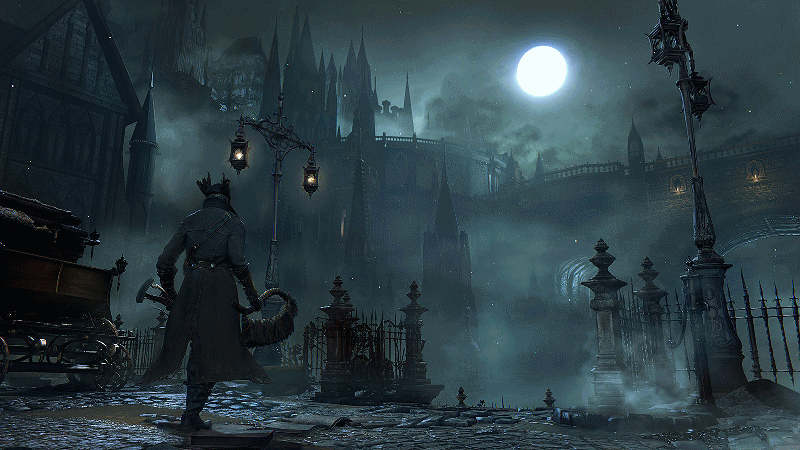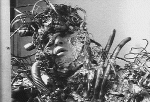
Despite loving Malazan and thinking it has no challengers for what it does within its genre, I also do think it’s weak on certain aspects.
I tried to explain as a mix of aesthetic joined with depth and meaningfulness. The same as you’d get when looking at densely decorated architecture, but where each single decoration isn’t meant to be merely beautiful to stare at, but also with a dense symbolism and meaning.
Games, books, movies or whatever else, if there’s support for deep mythology and where no detail is left to chance. This myth comes from Tolkien. It’s not just in service of “realism”, and so immersion, but also as a way to reward digging and discovering what’s hidden in that depth. It means engaging with the medium, being part of it, enjoying revelations and epiphanies in those rare occasions when everything locks perfectly together, or perfectly realigns to show a new perspective.
Looking for hints, have your mind making the connections, slowly getting closer to find a solution, or a compelling interpretation. This is all about complexity and detail worth having. A medium that matures and takes itself seriously.
A lot of what I tried to describe in abstraction is already possible in the Malazan we have. It part of what makes it really good. And it is also what Malazan has in common with the approach to the lore and storytelling in the “Souls” game, including and in particular with the latest: Bloodborne.
Bloodborne is that aspect of Malazan turned into game. That aspect of active entertainment. Where the medium demands and requires that you engage actively. The problem is: Bloodborne does it even better.
If you know very little or nothing about Bloodborne then here’s an article that will tell you about story and mythology:
http://www.kotaku.co.uk/2015/04/09/whats-really-going-on-in-bloodborne
I couldn’t avoid thinking that the whole of Bloodborne not only would fit perfectly in Malazan, but it would be exactly what “Night of Knives” could have been if it was pushed to its full potential. Night of Knives is that same story, only missing that particular “heft” that is instead fully realized within Bloodborne.
The basic structure of the town turned into hunting grounds and dream dimensions bleeding into reality during a special night (and the moon), is not only the common link between the book and the game, but also the manga “Berserk” by Kentaro Miura, that we know for sure has been a major source of inspiration for Hidetaka Miyazaki, the designer of Bloodborne. These three, Berserk, Bloodborne and Malazan go hand in hand (and of course heavily influencing all three is Lovecraft). The only difference is that Malazan swallows them in a much bigger picture. Yet the other two seize aesthetic and mythology, that smaller slice, and realize them even better.
Not to say Night of Knives is a bad book, but it falls shorts (very short) of that potential that was there. And I’m thinking of a potential that not even Erikson could realize.
So this is what I’m trying to point out: some of the ingredients that make Malazan great are ingredients that went into Bloodborne. Those aspects that come out even more clearly in Bloodborne. And what Malazan lacks when compared not to similar works, but when compared to its own ideal potential, is what instead a game like Bloodborne fully delivers.


3 Comments
Hi Albi,
I think that a majour part of why “Night of Knives” did not live up to it’s potential, was because it was written by Esselmont and not Erikson.
Will check out Bloodborne…
Regards
Mike
Yes, and it’s an early novel. But this particular weakness I point out exists also in Erikson’s writing.
It’s mostly just me being critical of lack of perfection ;)
Bloodborne, also, doesn’t live up to its own potential and has lots of issues. So I was mostly pointing at an ideal. Beside specifically “playing” Bloodborne that article contains my whole argument. The way the lore is developed and explained there already holds all the elements I was trying to bring up.
Hi Albi
I have no problem with your analysis:-)
I agree with most of what you say, just thought you may have missed the difference in author. Although, now that I consider it, the difference in quality between Erikson and Esselmont is so obvious that there is no way that you would not have picked it up.